HOW STORE FIXTURES INFLUENCE THE PSYCHOLOGY OF IMPULSE BUYING
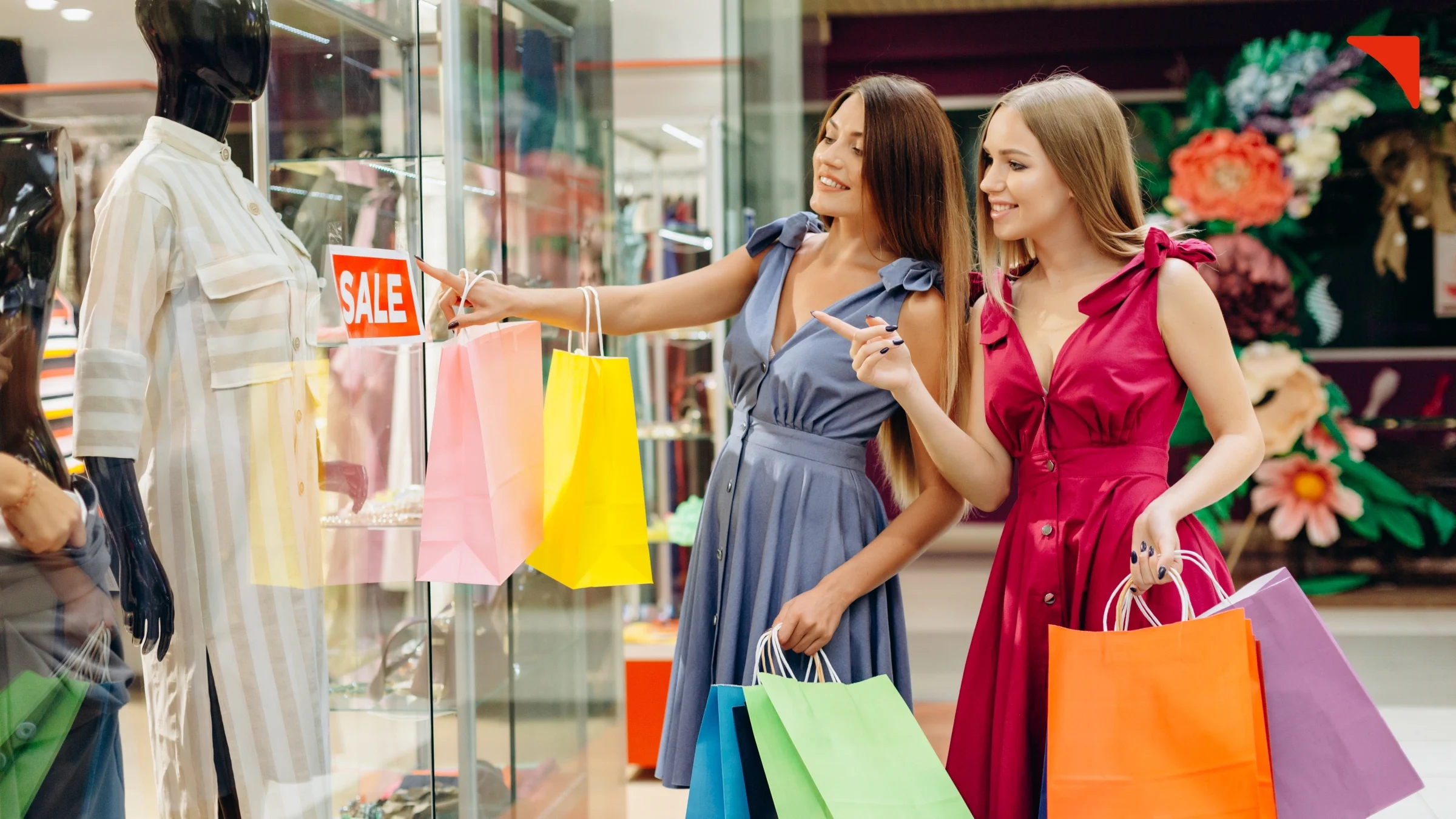
Retail design is not just about aesthetics. Instead, it’s a calculated science. Studies suggest that impulse purchases account for up to 40% of all retail sales. But what makes people buy on impulse? The answer lies in the subconscious triggers activated by strategically placed store fixtures that create an environment primed for spontaneous buying behavior. Let’s understand this with an example!
Imagine walking into a retail store intending to buy just a bottle of shampoo. But as you navigate the walkway, you find yourself adding a pack of scented candles, a limited edition chocolate bar, and a trendy phone stand to your shopping trolley. Within minutes, you find yourself at checkout with a cart full of products and leave with a bulky bag with items that you never planned to buy.
What happened? Was it the persuasive sales pitch, the strategic discounts, or simply your lack of willpower? Well, this common scenario isn’t accidental. Instead, retail store fixtures and layout design are the main influencers in this case, which often go unnoticed.
The way shelves are arranged, the placement of promotional bins, and even the design of checkout counters all contribute to triggering impulse buying behavior. From product placement to lighting and modularity, every element of a store fixture plays a role in influencing customer decisions.
This blog will explore the deep psychological impact of store fixtures and how retailers can leverage them to maximize sales.
The Science of Impulse Buying
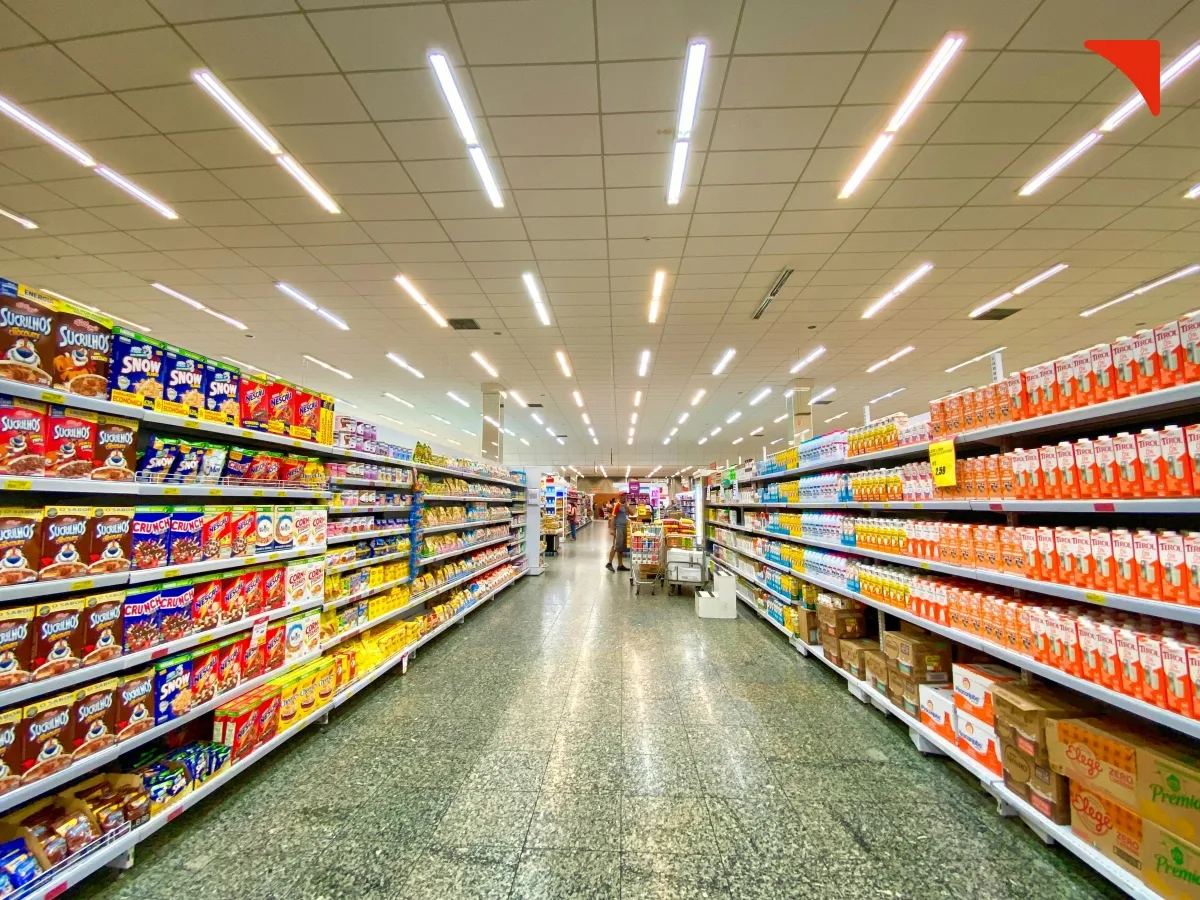
Impulse buying is driven by emotional and mental triggers. It often goes past rational decision making. Psychologists classify impulse buying into four categories:
- Pure impulse: An unplanned purchase driven by emotion (e.g., spotting a limited edition item near checkout).
- Reminder impulse: Seeing a product reminds the shopper they need it (e.g., batteries displayed next to electronics).
- Suggestion impulse: The shopper had no prior intention to buy but is convinced by product placement (e.g., a seasonal display of new skincare products).
- Planned impulse: The buyer intends to purchase something but is influenced by promotions or bundling (e.g., “Buy 2, Get 1 Free” deals).
Retail store fixtures, when designed strategically, play a pivotal role in triggering these impulse responses by subtly guiding shoppers through their buying journey.
The Role of Store Fixtures in Consumer Perception
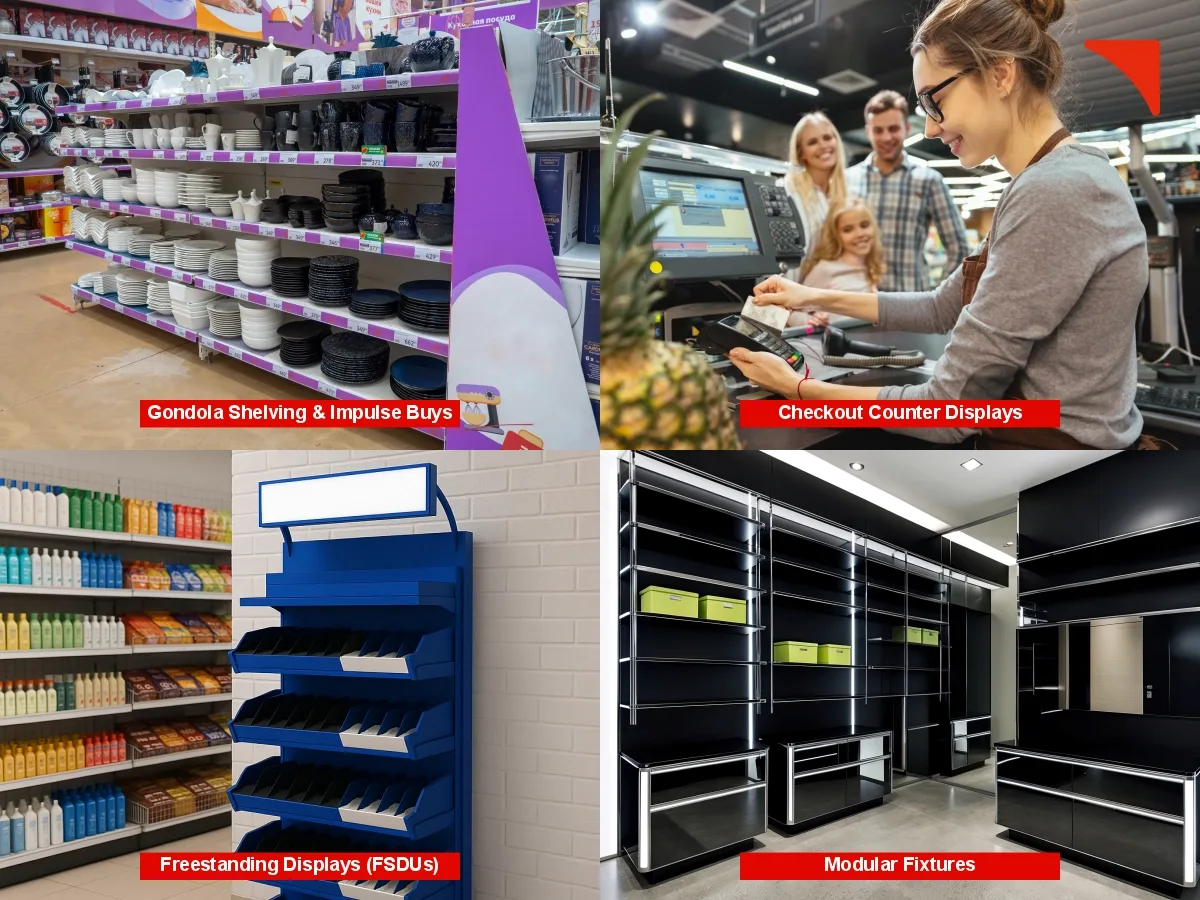
Store fixtures aren’t just physical structures. Instead, they serve as psychological triggers that guide shoppers through a pre planned journey. Every fixture in a retail space plays a role in influencing how customers perceive products and how they engage with them.
- Gondola Shelving & Impulse Buys: Gondola shelves create multiple touchpoints within the shopping experience. They are commonly seen in supermarkets and pharmacies and are strategically arranged to encourage eye level engagement. The most profitable and high impulse items are often placed at eye level, where they naturally attract attention. Doing this directly encourages unplanned purchases through associative thinking.
- Checkout Counter Displays: Various studies suggest that more than 65% of impulse purchases happen near the checkout. In addition, retail brands are very well aware of the fact that shoppers get mentally exhausted after decision making throughout the store and are more susceptible to impulse buys at checkout. Well, this is the reason why retailers place small but enticing items such as gum, batteries, and mini skincare kits on compact shelves. This directly creates an irresistible last minute temptation.
- Freestanding Displays (FSDUs): Retailers use freestanding displays to introduce limited time offers, new products, or promotional deals. The presence of these standalone retail fixtures interrupts a shopper’s natural movement, increasing the likelihood of engagement.
- Modular Fixtures: Modular retail fixtures allow brands to customize product displays dynamically. They help optimize shelf space while adapting to different product categories. Apart from being a sustainable option, modular retail design fixtures also significantly increase the wallet share of channel partners.
Psychological Triggers in Fixture Design
- Color Psychology and Lighting
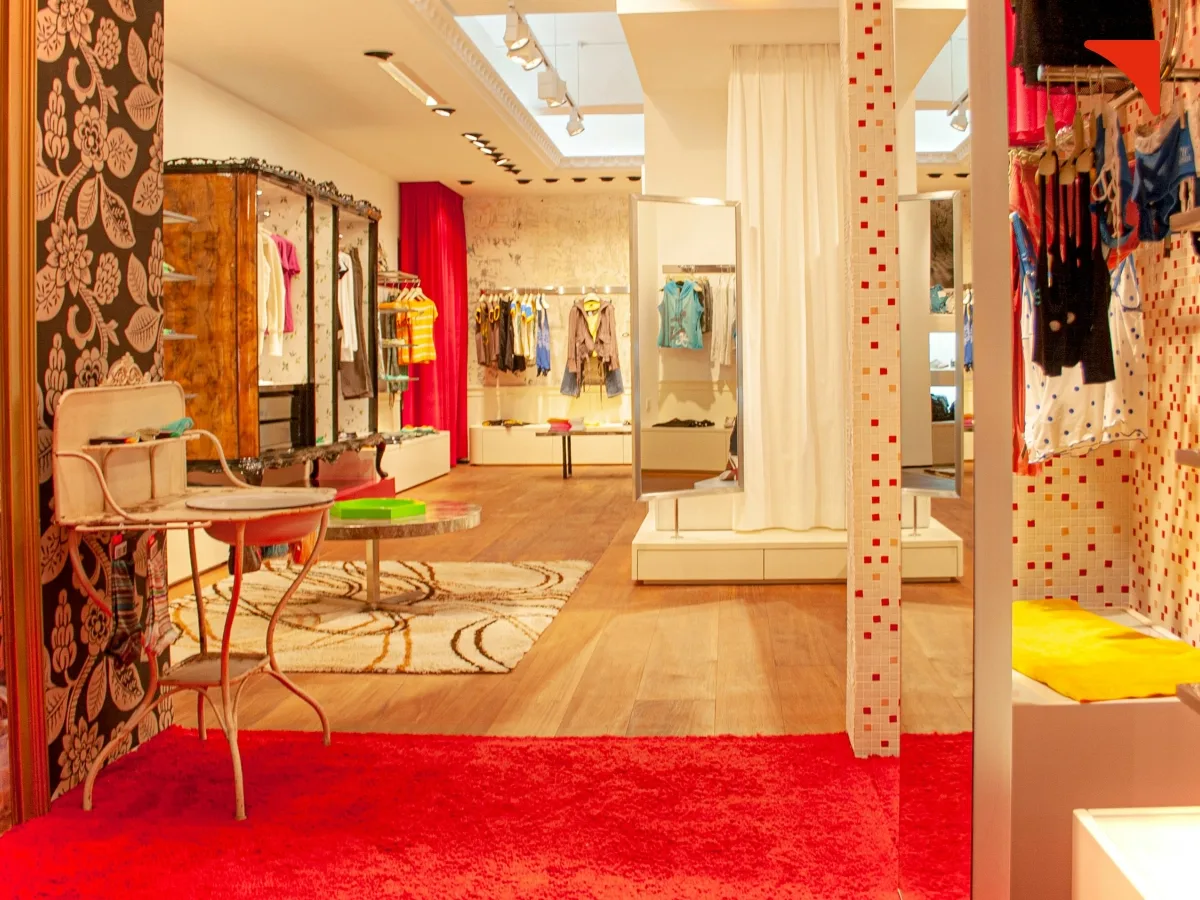
Colors and lighting aren’t just for aesthetics. Instead, they activate specific emotions that influence purchasing behavior.
- Warm colors (red and orange) create a sense of urgency and encourage impulse buying.
- Cool colors (blue, green) instill trust, often used in sections where customers need more time to decide.
- Bright lighting highlights key products and encourages interaction, while dim lighting creates a relaxed shopping environment.
- Tactile Engagement: Encouraging Interaction
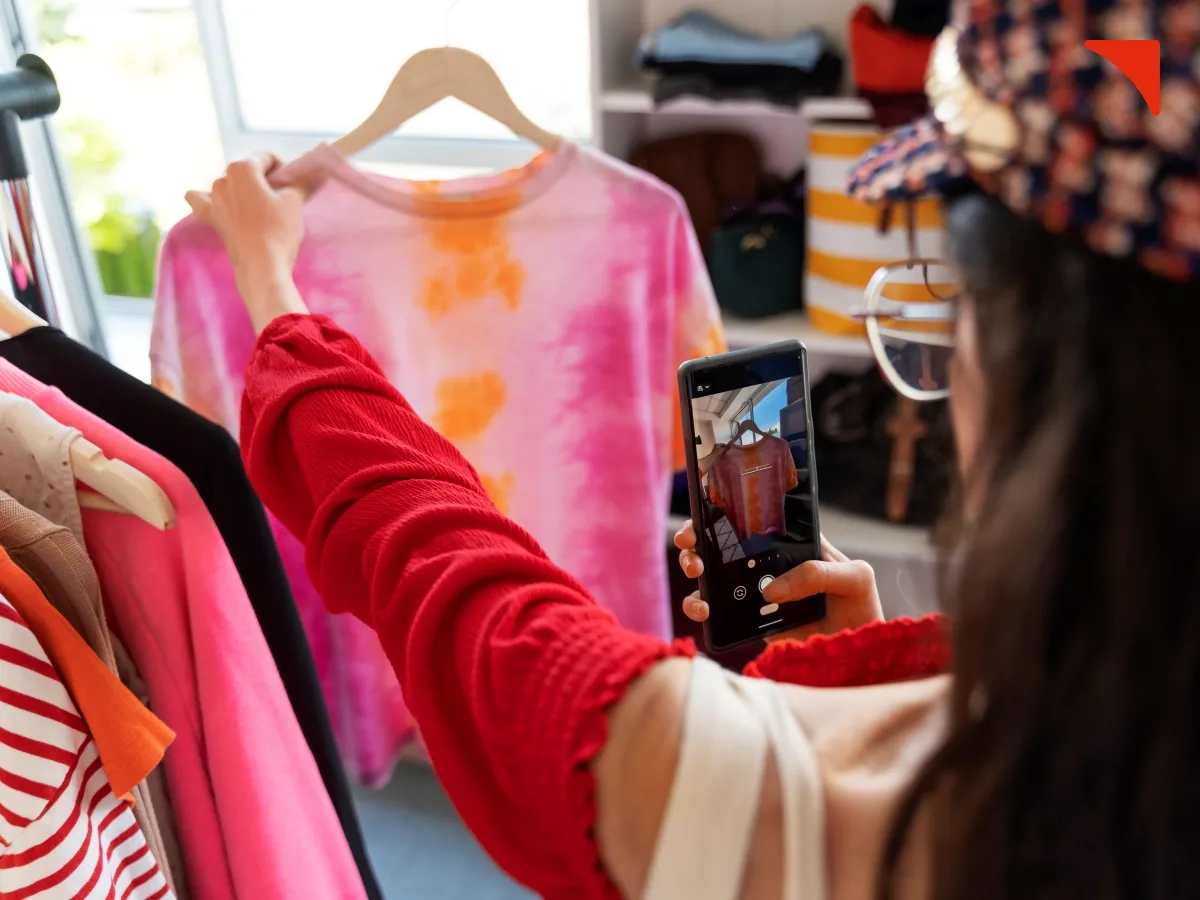
Customers who touch products are more likely to buy them. This is a phenomenon that is known as the “Endowment Effect.” Fixtures that encourage touch, such as open shelving and sample stations, create a sense of ownership in the shopper’s mind, increasing the likelihood of purchase.
- Mirror and Reflection Strategy
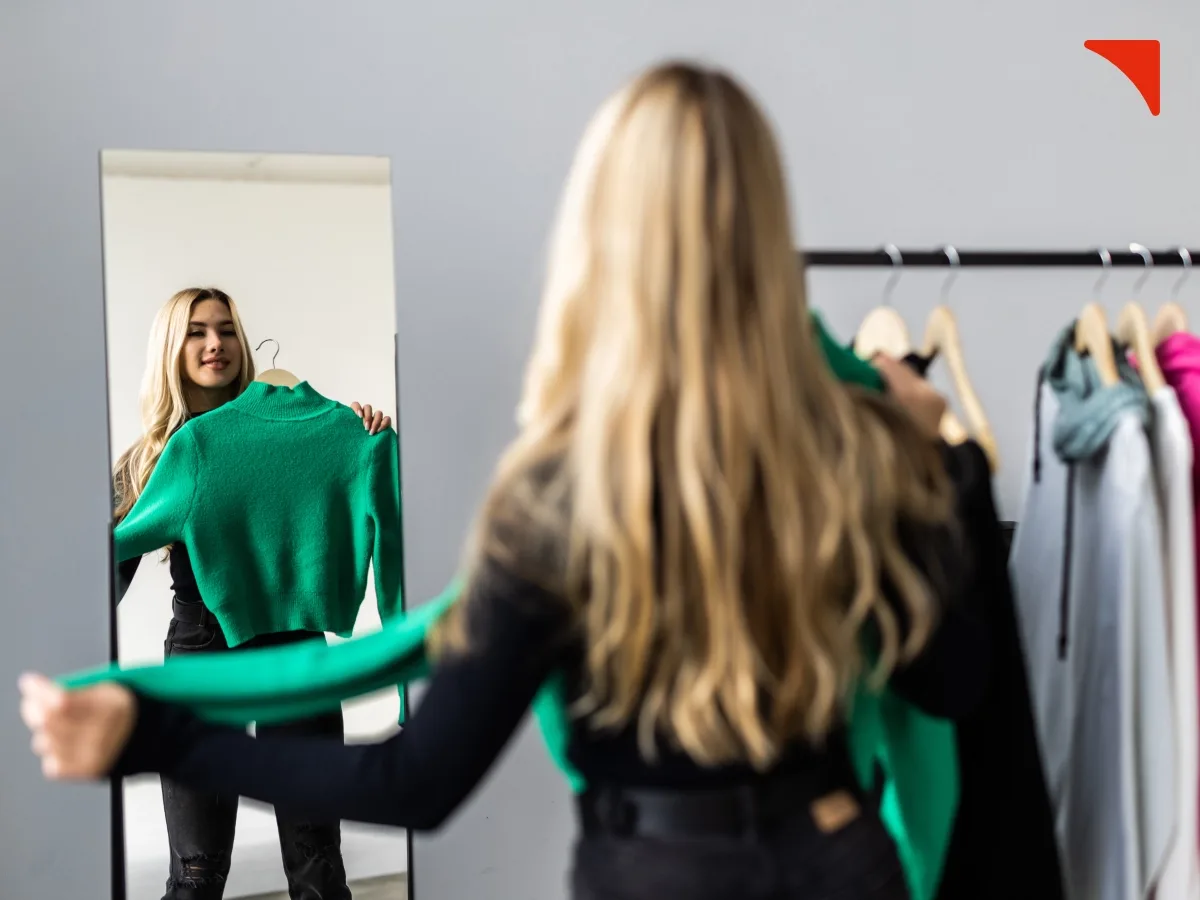
Mirrors subtly slow down shopper movement, giving them more time to notice nearby products. Luxury brands use this tactic by placing mirrors near premium product sections to encourage longer dwell time.
Strategic Fixture Placement: The Silent Salesperson
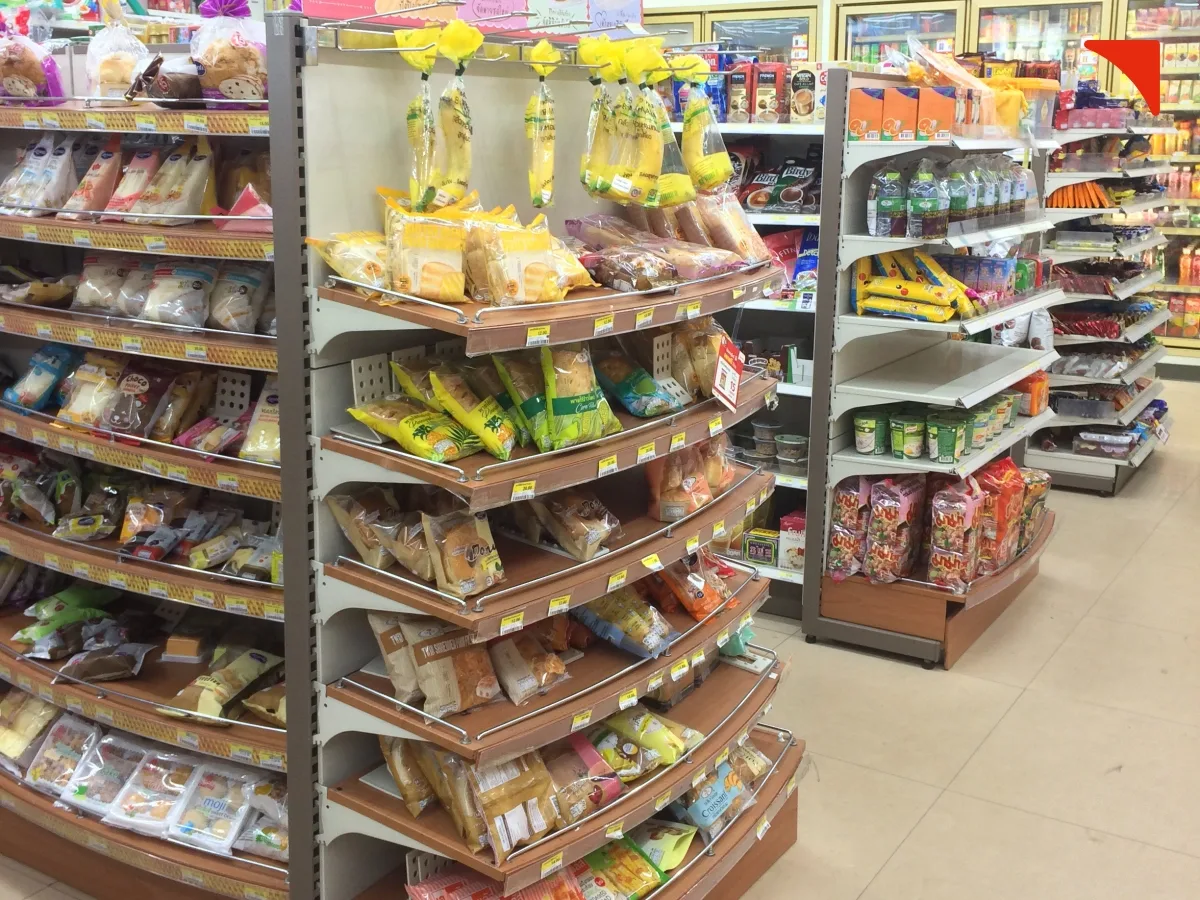
The arrangement of retail store fixtures determines the flow of traffic and buying behavior.
- Decompression Zone Influence: The first few feet inside the store set the tone. Retailers avoid placing key products here, as shoppers tend to ignore this space while adjusting to the environment.
- Power Wall Strategy: The right side wall in many stores is often called the Power Wall, as most customers naturally turn right when they enter. Retailers use this space for high margin and impulse driven products.
- Cross Merchandising Through Fixtures: Placing complementary items together encourages bundled purchases. Wine shelves near gourmet cheese displays fit as a perfect example of cross merchandising.
Winding Up: Designing for the Subconscious Shopper
Impulse buying isn’t just about discounts or flashy promotions. Instead, it is more about designing a retail environment that subtly digs consumer behavior. Strategically placed store fixtures act as silent salespeople, influencing purchasing decisions at a subconscious level.
From gondola shelving to checkout counter displays, understanding the psychology behind store fixtures can help retailers maximize revenue and optimize the shopping experience. In addition, implementing modular retail fixture design can further enhance fixture feasibility.
By aligning fixture design with consumer psychology and emerging technology, retailers can create a seamless and persuasive shopping journey. Doing this will not only help them experience boosted sales but will also enhance customer satisfaction.